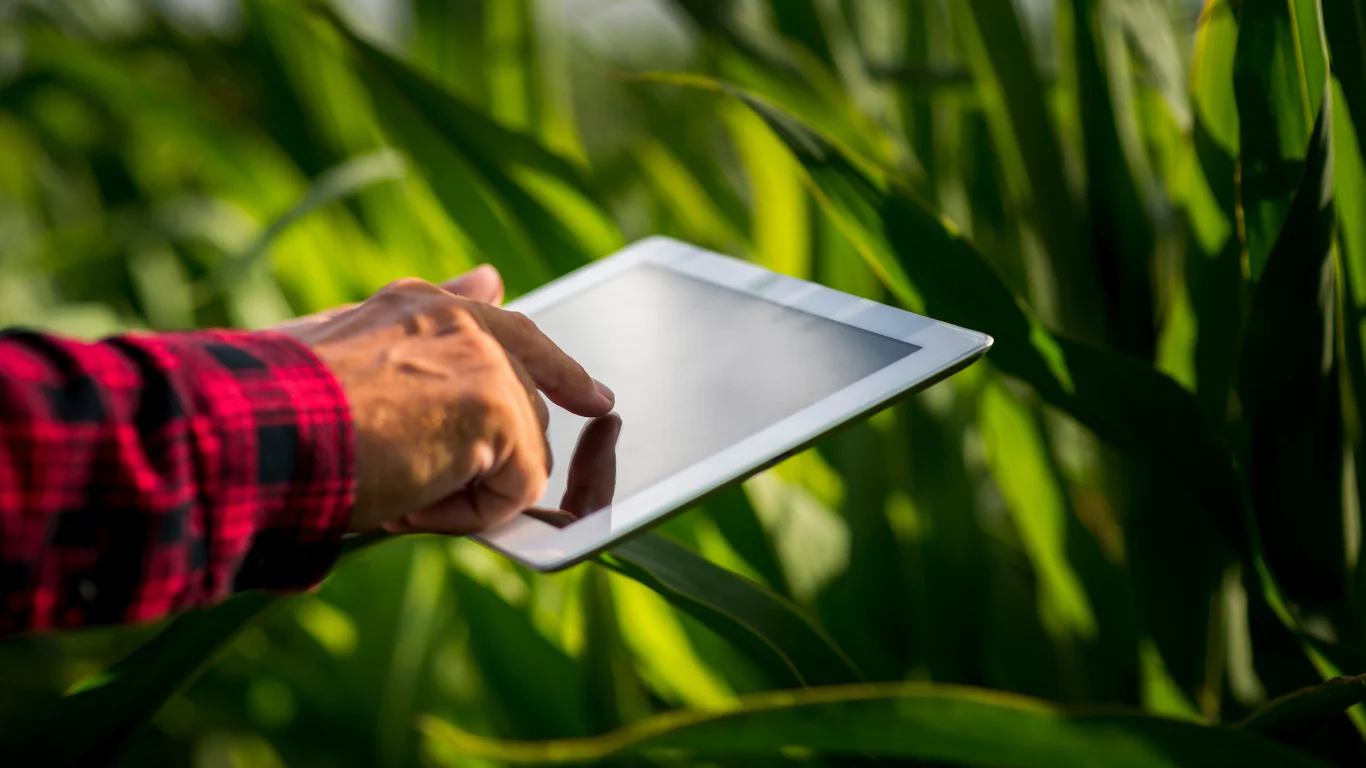Running a farmers market stand is more than just selling produce—it’s about creating an experience that connects with customers, builds trust, and keeps them coming back. While the heart of your business lies in fresh goods and friendly service, digital tools can give you a competitive edge. From managing payments to promoting your stand online, technology makes it easier to operate efficiently and grow your customer base. Here are some of the best digital tools for making your farmer’s market stand thrive.
1. Square for Easy Payments
Cash is no longer king at farmer’s markets. Many customers prefer using credit cards or mobile payments, and Square makes this transition seamless. The platform offers a free card reader and an intuitive mobile app that allows you to accept payments anywhere. Square also tracks sales, manages inventory, and sends digital receipts, all of which streamline your stand’s operations. Offering multiple payment options not only improves convenience but also increases sales by catering to customer preferences.
2. Instagram for Building a Community
Social media is a powerful tool for farmers looking to build connections with their local community. Instagram allows you to share behind-the-scenes photos of your crops, market-day updates, and customer shout-outs. Stories and reels can highlight seasonal specials or showcase recipes using your products. By Running a farmers market stand, tagging your local market’s account and using community hashtags, you increase visibility and attract new visitors. Instagram makes it easy to connect with customers long after the market has closed for the day.
3. Trello for Market-Day Organization
Managing a farmer’s market stand involves juggling tasks like prepping produce, setting up displays, and coordinating staff. Trello’s board-and-card system helps you organize these responsibilities in a visual way. You can create checklists for packing, track sales goals, and assign duties to team members. By using Trello to plan ahead, you ensure nothing gets forgotten and that your stand runs smoothly on busy market days. A clear plan reduces stress and keeps your operation efficient.
4. QuickBooks for Financial Management
Staying on top of finances is crucial for small businesses, and QuickBooks makes it easier for market vendors. The platform helps you track income, manage expenses, and generate invoices for wholesale orders. QuickBooks also provides reports that give you insight into profitability across different products and market days. With mobile access, you can check your finances on the go and always stay in control. This tool ensures your business remains sustainable and financially healthy over the long run.
5. Mailchimp for Customer Outreach
A farmer’s market stand benefits greatly from repeat customers, and Mailchimp helps you stay connected. Collecting customer emails allows you to send newsletters with seasonal updates, special offers, and upcoming market schedules. Mailchimp’s templates make designing these emails easy, while its analytics help you understand what resonates with your audience. Regular communication builds loyalty and keeps your stand top of mind when customers plan their market visits.
6. Etsy for Expanding Beyond the Market
Farmer’s markets are wonderful for direct sales, but platforms like Etsy can extend your reach. If you sell handmade goods, jams, or specialty items, Etsy provides an online storefront accessible to customers nationwide. Linking your Etsy shop on your social media or newsletters allows loyal market shoppers to buy from you year-round. It also diversifies your income streams, helping you weather off-season months. Etsy bridges the gap between local charm and online opportunity.
FAQs’
Beyond produce and handmade goods, thoughtful branding can make your stand more memorable. Greeting card design offers a unique way to connect with customers—whether as thank-you notes, promotional giveaways, or even as an additional product line. Personalized cards add warmth and professionalism, helping your business stand out. Below are answers to common questions about greeting card design for farmer’s market vendors:
Why would greeting card design matter for a farmer’s market stand?
Greeting cards add a personal touch that extends beyond the sale. Whether used for thank-you notes, loyalty rewards, or seasonal promotions, they show customers that you care about building relationships, not just making sales.
What tools are best for designing cards affordably?
Adobe Express and Vistaprint are excellent choices. Adobe Express allows you to create and print greeting cards with customizable templates, while Vistaprint offers professional finishes and bulk printing for larger orders.
Can greeting cards be used as marketing tools?
Absolutely. Cards can include discount codes, upcoming market dates, or QR codes linking to your social media. This subtle form of marketing helps keep customers engaged and encourages repeat visits.
How can I align card designs with my brand?
Use consistent elements such as your stand’s logo, colors, or farm imagery. This creates cohesion between your physical stand and your promotional materials, reinforcing brand recognition.
Are greeting cards worth selling as products?
Yes. Many customers enjoy buying locally themed cards or designs featuring produce illustrations. Offering greeting cards as an add-on product can diversify your income while highlighting your creativity.
Running a farmer’s market stand takes more than great products—it requires smart planning and creative customer engagement. Tools like Square, Instagram, QuickBooks, and Mailchimp help you manage operations while connecting with your community. Adding unique touches like greeting card design further strengthens your brand and creates lasting impressions. By blending tradition with technology, you can run a stand that thrives both at the market and beyond.







